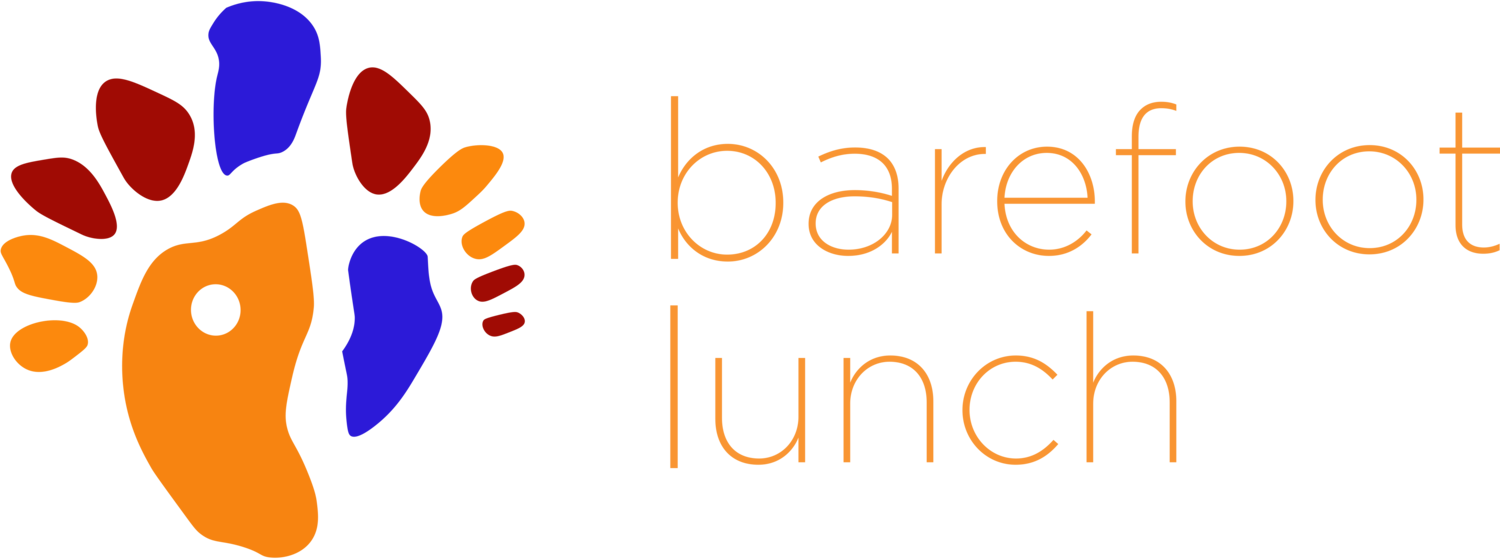Hi and welcome to Short and Sweet #9! Today I have a request from Kaneko-san asking me “how to create a great resume?” There’s 4 points I’m going to go through.
Point #1 is remember that your resume is electronic. Traditionally resumes were thought of as pieces of paper and we wanted to get our resume on one piece of paper. Nowadays, it’s OK to have a little bit longer, but need to remember, you need to keep the length still compressed, still short, and the writing still tight. 7 pages, is not good.
The HR or the hiring manager is going to look at the resume, and they’re going to look at it just like a website; the top 1/3, then the next part. So you need to in that top 1/3 of the resume, the point of why you’re there. You need to be able to show the company, what you’ve done, where you’ve done it, and what you want to do next.
Point #2: this is following on the same concept, but we’re going to talk about real-estate. A lot of times you will see people put a lot of space on a page with lots of bullet points for a job where they only stayed one year, where as a job where they were at for 7 years might have two or three bullet points. The page is real-estate; and you need to make sure that if you’ve been at a company for 7 years, that the real-estate that you’re using is spot on.
Point #3: don’t make your resume, just a job description of what you’ve done. What you want your resume to show, is what you’ve brought to the job, what you’ve made special for the position. You should have facts, you should have numbers and percentages of how you improved things, how you saved money, or how you made money for the company, how you made processes faster and quicker, you need to have all those numbers in there. You also need to show what you’ve done that’s made it special for you. If you are an accountant, what have you done differently than every other accountant. If you’re doing HR, what has made you special from every other HR person out in the market place. You’re resume has to show you’re unique and you have done significant things.
Point #4: show career progression. We don’t always systematically think through our next career progression. However, on a resume, you should show how your job career has let to this job you’re applying for. So from school, up to the 1st job, 2nd job, 3rd job, you need to show a career path that’s lead to the job you’re applying for. Sometimes that hasn’t happened, and you might have something in your career that’s a bit different than you planed. So you need to be able to emphasize the points of the job that are similar to the job that you are going to apply for. What we call transferable skills.
So in summation, 4 points. #1, don’t forget your resume is electronic, so it needs to speak to the reader fast. #2 you need to have it as real-estate and make sure that the amount of real-estate you’re using for your jobs reflects the time you had on the job. #3, show why you’re unique for the job that you’re applying for. And #4 show career progression.

